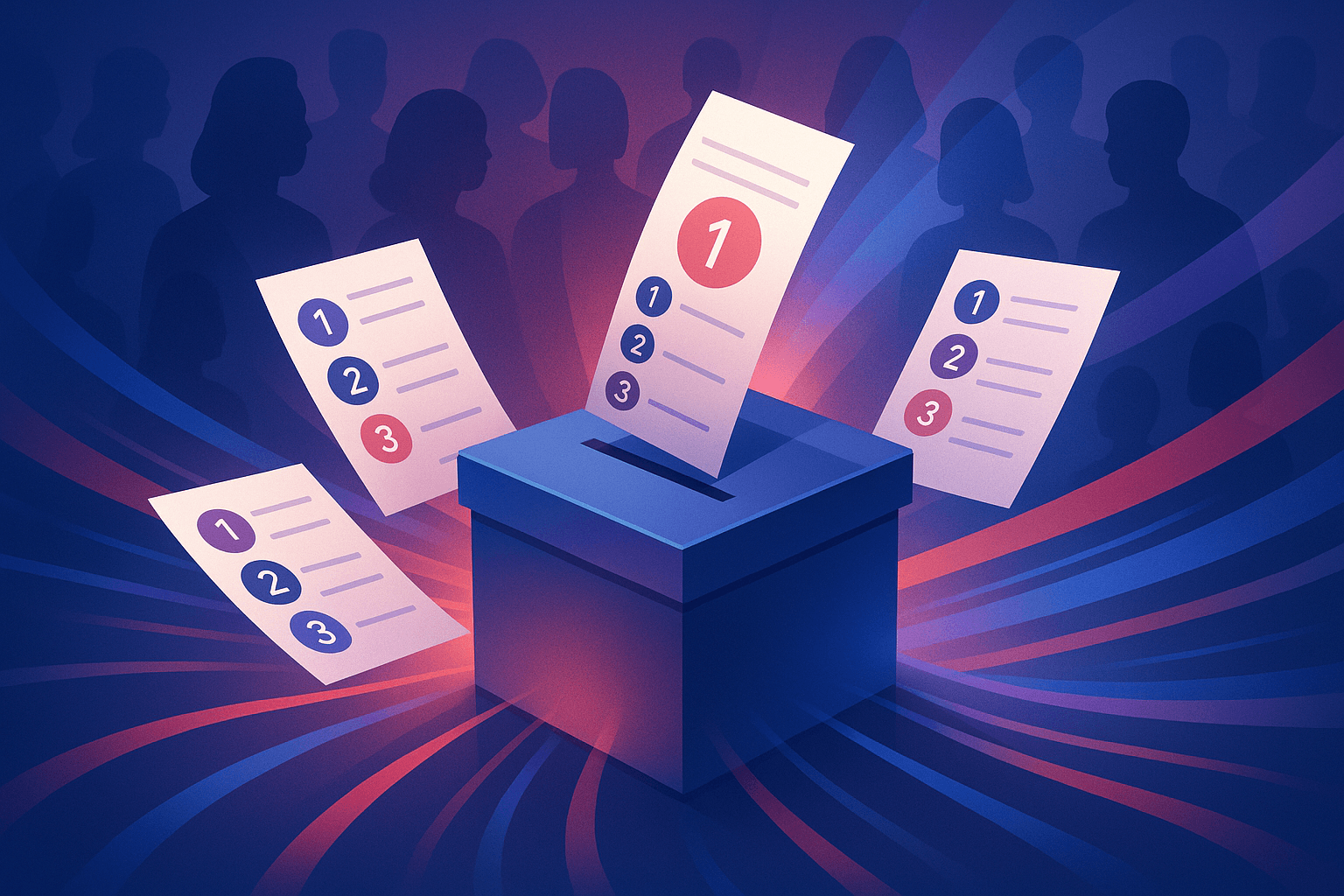Divided SCOTUS in 'One Person, One Vote' Case Means Uncertain Future for Voting Rights
Supreme Court justices heard oral argument Tuesday in a case that may change the way we look at voting rights and elections in the United States. In the case Evenwel v. Abbott, which centers around the constitutional principle of "one person, one vote," the high court will decide if the right to representation applies to every citizen or just eligible voters.
Evenwel v. Abbott, brought by Texas voters Sue Evenwel and Edward Pfenninger, was filed with the Supreme Court in February by the Project on Fair Representation. The plaintiffs contend that Texas' State Senate districts, drawn in 2013, are malapportioned and therefore unconstitutional under the Fourteenth Amendment because they were drawn based on total population, not just the voting population.
"Members of the Texas Senate are elected to their posts by majority vote of registered voters actually casting ballots in a particular election. In districts where the number of electors is relatively low, the number of voters required to elect a Senate member is fewer than the number of voters required to elect a Senate member in districts where the number of electors is relatively high," plaintiffs assert in their complaint.
This disparity, plaintiffs argue, violates the "one person, one vote" principle of the Fourteenth Amendment since "Texas did not take into account the number of electors or potential electors in the proposed districts."
The case was dismissed by the U.S. District Court in Austin in 2014. The three-judge panel ruled that "the Supreme Court has generally used total population as the metric of comparison." However, the court added that the choice of how to apportion districts has always belonged to the state.The principle of "one person, one vote" was originally formulated in the 1963 Supreme Court case, Gray v. Sanders, a case that focused on the right to vote and equal participation in primary elections in Georgia.
Despite the implications that this case had on primary elections, however, the Supreme Court recently rejected attempts to apply 14th Amendment scrutiny to primary elections. Otherwise, closed primaries would start coming under attack by independent voters who are locked out.
Up until the landmark decision in Gray v. Sanders (as well as a follow up ruling a year later in the case, Reynolds v. Sims), it was common for the party in power to draw some electoral districts larger to give voters in smaller districts greater voting power and to water down the influence of members of the opposing party in larger districts.
The practice is referred to as malapportionment and the Supreme Court found its use unconstitutional and ruled that state legislatures must draw electoral districts with roughly equal populations in order to ensure equal representation. Districts would be redrawn after each census.
"Multiple precedents from this Court confirm that total population is a permissible apportionment base under the Equal Protection Clause. Nothing in this case warrants a different result," Texas Attorney General Ken Paxton states.
As previously explained on IVN, Article 1, Section 2 of the original U.S. Constitution stated that the apportionment of representatives from each state to the U.S. House was based on the number of "persons" in a state. For a time, this was indeed based on the interpretation that "persons" referred only to voters.
However, when the Fourteenth Amendment was adopted in 1868 after the abolition of slavery, the interpretation was revised to be based on the “whole numbers of persons in each State.” Today, each state redraws its districts based on total population, not just the population of voters.
So, the fundamental question at the heart of Evenwel v. Abbott is, does the right to representation derive from citizenship alone, or only from the ability to vote? The New York Times reported Tuesday that the justices are divided on the issue.
The Supreme Court's ruling, expected in June, could have major implications on voting rights and elections in the U.S., especially if a majority of the justices side with the plaintiffs. It could change how states redraw electoral district and tilt the balance of voting power and representation.
Photo Credit: J Main / shutterstock.com



